EDITORIAL
Published on 16 Jan 2025
Editorial: Immune studies of SARS-CoV2 and vaccines using preclinical modeling
doi 10.3389/fimmu.2024.1548624
- 496 views
7,514
Total downloads
25k
Total views and downloads
EDITORIAL
Published on 16 Jan 2025
ORIGINAL RESEARCH
Published on 14 Oct 2024
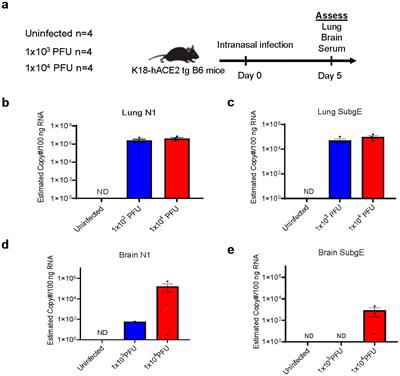
ORIGINAL RESEARCH
Published on 30 Aug 2024
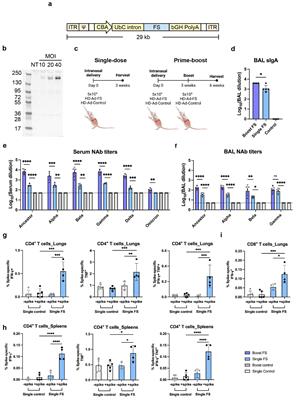
ORIGINAL RESEARCH
Published on 10 Jul 2024
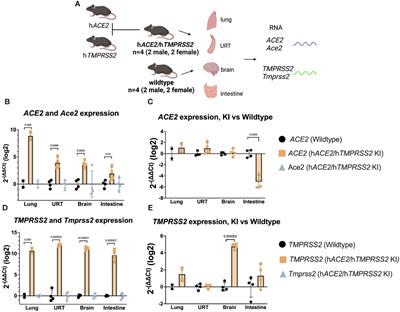
ORIGINAL RESEARCH
Published on 21 Jun 2024
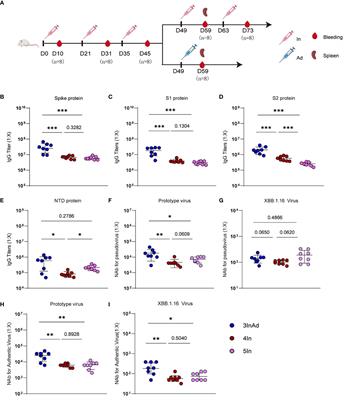
ORIGINAL RESEARCH
Published on 20 Jun 2024

REVIEW
Published on 26 Feb 2024
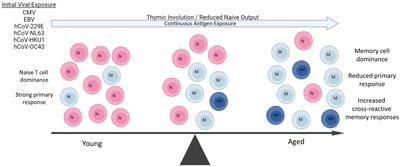
ORIGINAL RESEARCH
Published on 02 Feb 2024

ORIGINAL RESEARCH
Published on 22 Jan 2024
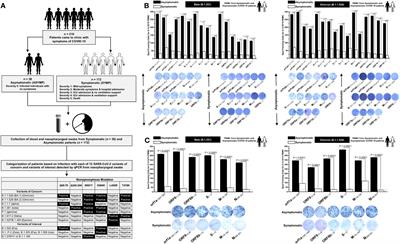
ORIGINAL RESEARCH
Published on 04 Dec 2023
